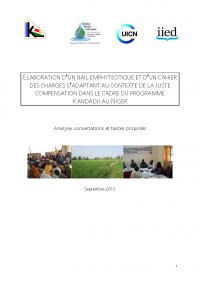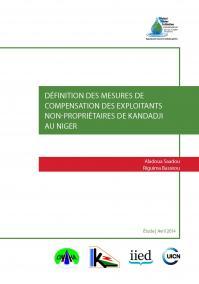Why Farmers Quit?
This study on farmers’ suicides is done by Indo-Global Social Service Society (IGSSS) through its local partner the Baitarani Initiative. This study was attempted to understand if farmers’ suicides were just a desperate reaction to events like droughts and crop loss or there were more fundamental roots.







